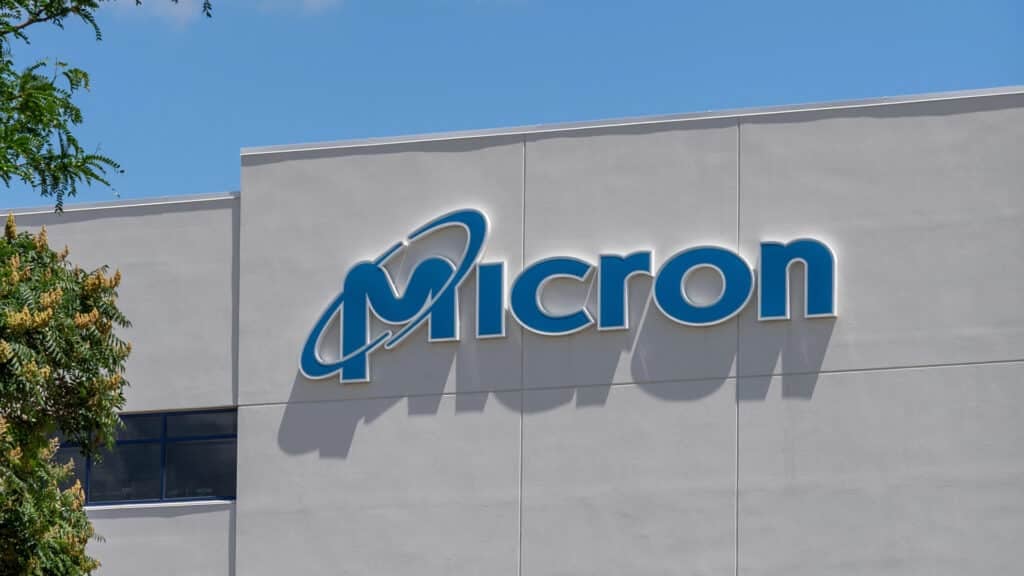For this vignette of a recent episode of the Futurum Tech Webcast, part of the 5G Factor series, analysts Ron Westfall and Shelly Kramer explore Ericsson, Qualcomm, and Thales’ collaborative plans to take 5G beyond the planet and across a network of Earth-orbiting satellites. After having each conduct research, including multiple studies and simulation, the parties plan to enter smartphone use case-focused testing and validation of 5G non-terrestrial networks (5G NTN).
Their conversation focused on:
- Why the Qualcomm, Ericsson, and Thales partnership can advance the goal of enabling 5G smartphones to use 5G connectivity anywhere on the planet including worldwide coverage for wideband data services that only bandwidth-constrained satellite phone systems can reach today.
- How the trio’s vision of using low Earth Orbit (LEO) satellites to deliver 5G connectivity to remote areas and outer reach geographies encompassing oceans, seas, and any location where terrestrial coverage is wanted. Ron and Shelly expect that global 5G NTN coverage can broaden 5G smartphone subscriber roaming as well as further augment 5G use cases in key industry verticals such as energy, transportation, public safety, and the health sector.
- The success of the alliance’s 5G NTN initiative will depend heavily on the testing that Thales will manage and is planned which uses an emulated space environment in France.
- Also, key is Ericsson’s goal to confirm a 5G virtual RAN (vRAN) stack, adapted to handle radio signals propagating across swift-moving LEO satellites, discerning how 5G radio waves travel through the vacuum of space and the Earth’s atmosphere.
- Ron and Shelly welcome Qualcomm’s intent to provide test phones that verify that 5G NTN can be supported in a smartphone form factor rendering 5G smartphones as future satellite phones.
Ron and Shelly believe the trio’s objective of advancing 3GPP NTN standardization and testing will play a crucial role in demonstrating the suitability of LEO-based applications for NTN innovation in making 5G an Earth-wide communications system rendering 5G smartphones the next incarnation of satellite phones. From their view, Qualcomm, Ericsson, and Thales have the channel resources and portfolios to take 5G out of this world.
Watch the video vignette here:
Watch the entire episode here:
Or stream the audio of the entire episode here:
If you’ve not yet subscribed to The 5G Factor, hit the ‘subscribe’ button while you’re there and you won’t miss an episode.
Disclaimer: The Futurum Tech Webcast is for information and entertainment purposes only. Over the course of this webcast, we may talk about companies that are publicly traded and we may even reference that fact and their equity share price, but please do not take anything that we say as a recommendation about what you should do with your investment dollars. We are not investment advisors and we do not ask that you treat us as such.
Transcript:
Shelly Kramer: And we’re going to talk about Ericsson and Qualcomm and Thales, and what they’re doing to take 5G into space. So Ron, take it away.
Ron Westfall: Well, yeah, I see this alliance as out of this world. Yeah, it’s really, I think, a smart move seriously because it’s about what is 5G really delivering that’s different. And we touched on that with the whole T-Mobile speed discussion and speed is always important, but it’s also about the applications that can be delivered, the use cases that can be advanced. And this trio is really looking at using satellite driven non-terrestrial networks, or NTN, using low Earth Orbit satellites or LEO satellites, to enable this communication capability on a worldwide basis.
And what I think is really exciting is today we still have to use satellite phones and we know you have to use a completely different form factor and you had to have a different service and so forth, usually with a satellite company, in order to have it. And it’s very important in very difficult to reach areas, whether you’re talking about an energy platform in the middle of a sea, or either talking about remote desert areas or dense forest areas, you name it. I mean, there’s just a host of reasons why 5G terrestrial networks by themselves, aren’t able to extend that coverage.
And the vision here is ultimately is that the 5G phone will basically become the new form factor for satellite enabled communications. And so I think that would be welcomed by the entire ecosystem. That would definitely allow people more flexibility and options in terms of how they can get their communications across the world, regardless of where they’re situated or their line of work, say wind turbines in the middle of a sea and things like that. And so this is, you could say, a reincarnation of satellite phones and a more user-friendly, more cost-effective form factor.
And so this is a hit on the energy sector, but also a hit the transportation sector, the health care sector, because as we know, it’s always important to get a quick read as possible on, say, a potential pandemic outbreak. And it could be in a remote African village, it could be anywhere on the planet. It could be in Asia or into the Americas. It doesn’t matter. You just want to have those capabilities ready to go in the event of something like that, let alone something like a tsunami type of a crisis.
And also, the good news is they can have other capabilities like backing up terrestrial networks. Because as we know, like with the public safety example, natural disasters can knock out terrestrial networks, but hey, here is a capability that allow people to have communications in these hard hit areas and definitely save lots-
Shelly Kramer: Now, you need those in Texas.
Ron Westfall: Well, sure. Yes.
Shelly Kramer: With your situation.
Ron Westfall: There are hurricanes along the Gulf Coast.
Shelly Kramer: Well, somebody needs to figure that out. The other thing that I think is particularly attractive, being a bit of a security freak, is that the 5G NTNs mean that national government communications can well be a main use case. And so secure, safe, national security and public safety… you were hitting on the public safety thing, but National Security, military use, that sort of thing. Those are all really important use cases, I think.
Ron Westfall: Exactly. And this is where the trio comes in. They’re all making their unique contributions to make this happen, hopefully in the near future. Ericsson is testing the vRAN stack to make sure it will happen in this situation. And also, Thales is ensuring that the 5G payload will work for satellites communications. And actually Qualcomm is working hard on ensuring that the 5G handset form factor will support all of these capabilities. So this is just great news and we’re just appreciative that they are literally taking 5G to the next level where the sky is not the limit, in this case.
Shelly Kramer: Exactly. You can always be counted on, Ron, for a clever headline, “It’s out of this world. The sky is not the limit.” Love that about you. Well, speaking of-
Ron Westfall: Well, I try, at least.
Shelly Kramer: I know you do. I know you do. And I know that you always come prepared to wow me on that front, and I appreciate that. I appreciate that effort.
Author Information
Ron is an experienced, customer-focused research expert and analyst, with over 20 years of experience in the digital and IT transformation markets, working with businesses to drive consistent revenue and sales growth.
He is a recognized authority at tracking the evolution of and identifying the key disruptive trends within the service enablement ecosystem, including a wide range of topics across software and services, infrastructure, 5G communications, Internet of Things (IoT), Artificial Intelligence (AI), analytics, security, cloud computing, revenue management, and regulatory issues.
Prior to his work with The Futurum Group, Ron worked with GlobalData Technology creating syndicated and custom research across a wide variety of technical fields. His work with Current Analysis focused on the broadband and service provider infrastructure markets.
Ron holds a Master of Arts in Public Policy from University of Nevada — Las Vegas and a Bachelor of Arts in political science/government from William and Mary.











